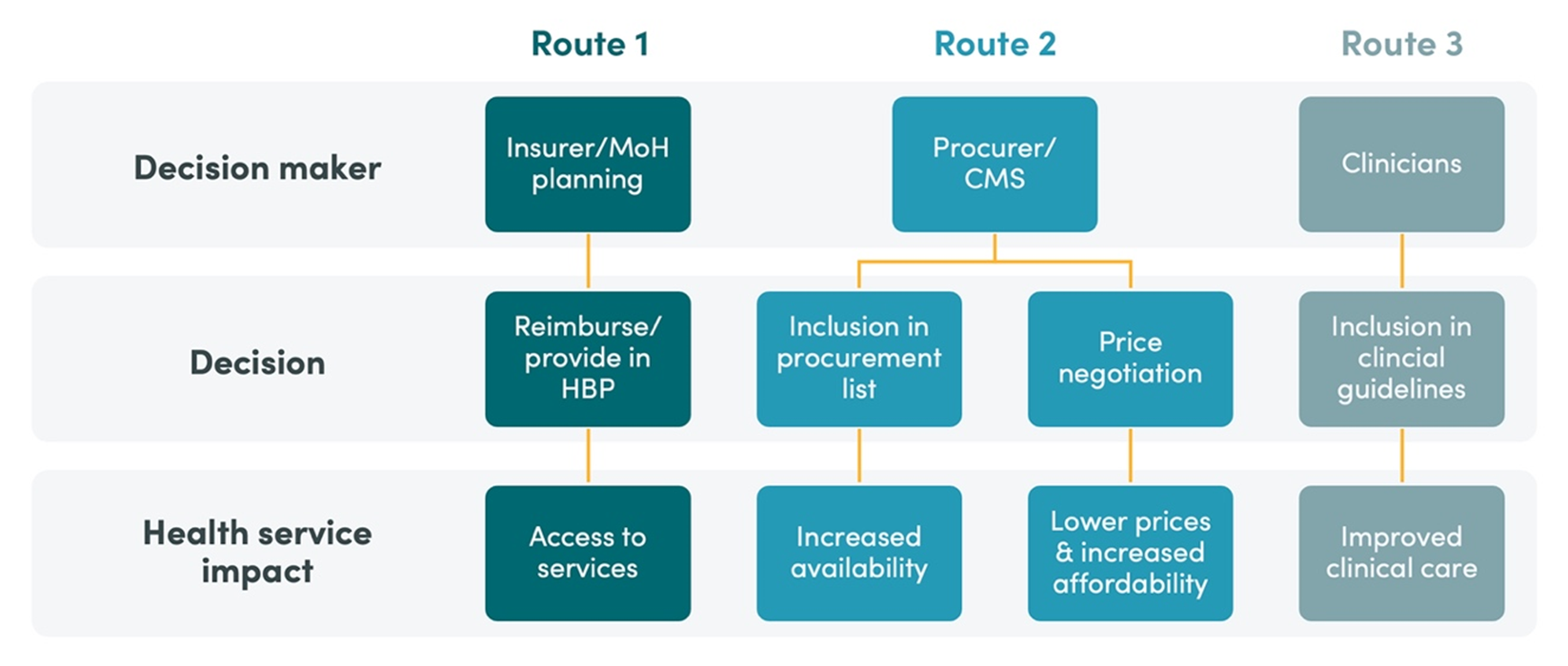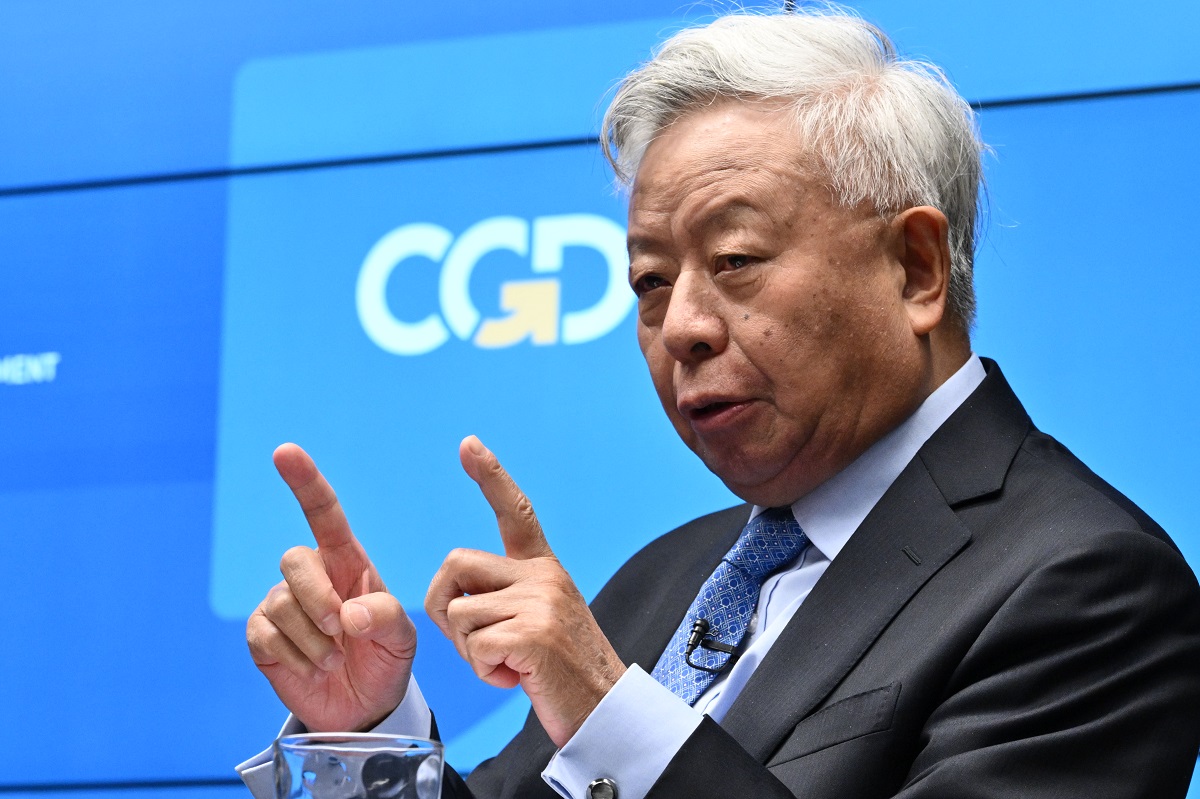This blog is part of a special series celebrating CGD’s 15th anniversary in 2016. All year, CGD experts will look back at work we’ve done that has had real-world impact, and forward to future research that we hope will help increase global prosperity.
When officials at the Asian Development Bank reached out to CGD for help in the spring of 2014, it wasn’t because they needed a big new idea for their development agenda. In fact, they already had one. ADB president Takehiko Nakao had proposed an unprecedented financial restructuring at the bank aimed at generating an additional $17 billion annually for development assistance. But he hadn’t yet convinced his shareholders that the proposal was sound, particularly in thinking through the many policy ramifications of this bold restructuring.
The ADB’s shareholders wanted an independent, credible source to weigh in on the proposal. And given the multilateral character of the institution, meeting the credibility test meant that the source of this independent assessment had to be known and trusted internationally. They came to CGD, which has built a strong reputation in the world of the multilateral development banks over its first 15 years. The Center’s work on debt relief in Nigeria and South Sudan, and landmark work on the future of the African Development Bank and the future of the World Bank’s International Development Association, had ensured the Center’s voice was strong — and heard — on major strategic issues in the multilateral development banking world.
And that’s how our president Nancy Birdsall, visiting fellow Enrique Rueda-Sabater, and I found ourselves conducting a detailed assessment of the Asian Development Bank’s proposal during the summer of 2014.
You can read about the details of our assessment here, but in short, the proposal was to merge the Asian Development Fund (ADF) — the IDA-like window of the bank, which lends on concessional terms to the region’s poorer countries — with the ordinary capital and nonconcessional lending activities of the bank (OCR). By beefing up the capital base of the bank, the merger would increase ADB lending capacity for middle-income borrowers like the Philippines and Indonesia, while also making more resources available to low-income ADF countries like Vietnam and Bangladesh. In addition, when the ADB went to donors during periodic replenishments, contributions could be up to 50 percent smaller.
As I wrote in 2015, “ambitious proposals like this one are exceedingly rare in the staid world of MDB financing, so we were particularly pleased to be invited by the ADB to provide an independent assessment of key aspects of the plan last fall.”
CGD’s team set about delving into the details of the proposal and we engaged closely with the bank’s finance, policy, legal, and treasury teams over the course of two months, concluding in the end that not only was the proposal sound, but that it was a template for future innovation and greater flexibility among other MDBs. We lost no time in encouraging the ABD’s shareholders to approve the proposal — and also urged them to view it as a first step in future innovation.
We were delighted, therefore, that ADB shareholders approved it in the spring of 2015, thereby increasing total lending capacity at the ADB by $17 billion a year, funds which can help increase opportunity and prosperity in the region of the world that is home to the largest number of people living in poverty.
So why does this story matter as we look back over CGD’s first 15 years? For a number of reasons:
- It reflects the expertise CGD has amassed in understanding the multilateral development banks and their governance; and it shows that major players, like the ADB, seek out that expertise.
- It shows that CGD remains vital to MDB policymakers by being responsive to their agendas. As with the ADB, this does not always mean bringing new ideas to the table, but helping policymakers to find the right path forward on an existing agenda or proposal if it is a compelling one.
- At the same time, the MDB audience values that we don’t always “color within the lines.” CGD is valued for seeking opportunities to introduce new ideas or prod the MDBs to be bolder. We answered the ADB’s call to evaluate its financial restructuring (did it make sense or not?), but we also used the opportunity to explore even more innovative approaches to development financing and MDB governance afforded by the proposal, even if the ADB’s shareholders weren’t ready for this kind of thinking just yet.
Looking ahead, CGD is now bringing these three qualities — a unique degree of trust in the MDB community, a practicality in our approach that is sensitive to the existing MDB agendas, and an innovative mindset for these institutions that is often better cultivated outside of the MDBs than from within — to a major strategic initiative focused on the future of multilateral development banking. Our high-level panel, led by three international economic heavyweights, Larry Summers, Montek Ahluwalia, and Arminio Fraga, is considering issues such as the role of the World Bank relative to regional MDBs, particularly with the emergence of new regional players like the Asian Infrastructure Investment Bank. You can read about the panel’s work here and look out for our report soon.
Having been immersed in the panel’s work in recent months with my co-director Nancy Birdsall, I’m confident that the panel’s voice will fittingly usher in the next 15 years of a valuable CGD-MDB relationship.
Disclaimer
CGD blog posts reflect the views of the authors, drawing on prior research and experience in their areas of expertise. CGD is a nonpartisan, independent organization and does not take institutional positions.





